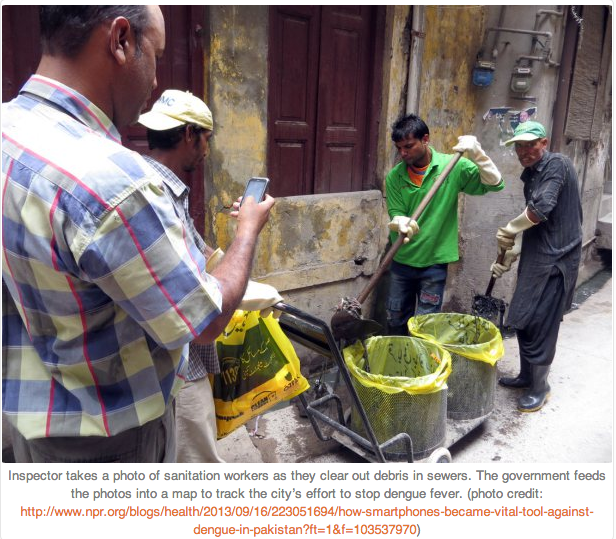“Technology is at its best and the most empowering when it simply disappears.” That is what Jony Ive, Apple’s chief designer said about the new iPhone 5S. Although many may argue whether the technologies used in iPhone 5S are truly the “best” and “most empowering,” Mr. Ive made a good point about the importance of keeping technology simple.
Two recent cases in the mobile health and public health area have suggested that simple and straightforward design can lead to impressive results.
“Technology is at its best and the most empowering when it simply disappears.” That is what Jony Ive, Apple’s chief designer said about the new iPhone 5S. Although many may argue whether the technologies used in iPhone 5S are truly the “best” and “most empowering,” Mr. Ive made a good point about the importance of keeping technology simple.
Two recent cases in the mobile health and public health area have suggested that simple and straightforward design can lead to impressive results.
The first case, reported on by NPR, is a mobile application called “Clean Lahore,” which is aimed to reduce the infection of dengue in the Pakistani city. Designed by Umar Saif, a computer scientist, the app includes basic features such as photo-taking, map integration and mobile-uploading. The rationale is also straightforward: a field inspector follows sanitation workers and take before-and-after photos while the workers clean a spot (to ensure they don’t skip a spot where dengue mosquitoes can breed). The inspector then maps this location on the app and sends the information to the program supervisor.

The second case is about an improvement to the website of the ALS Online Genetics Database, a non-profit online entity that provides information about mutation, geographical, and phenotype data on genes associated with or implied to have associations with Amoytrophic Lateral Sclerosis, a devastating fatal motor neuron disorder. There is only one goal for the improvement: to make the website mobile-friendly. Like the first case, the results are also striking: according to iMedical App, the unique visits increased from 2231 to 2829 (26% change) and the visits from mobile devices increased from 103 to 340 (230% change).
The two cases clearly indicate the most basic mobile communication technologies can still generate significant impact in public health. Actually, some of the most successful mobile health initiatives in the past (e.g., Text4Baby and Mobile 4 Reproductive Health) were solely relied on the most basic features of mobile phone to engage users.
Advanced technologies may be able to handle sophisticated tasks in mobile health; however, what drives outcomes is not technologies but the thorough thinking and planning from health care professionals who possess a deep understanding in their fields.